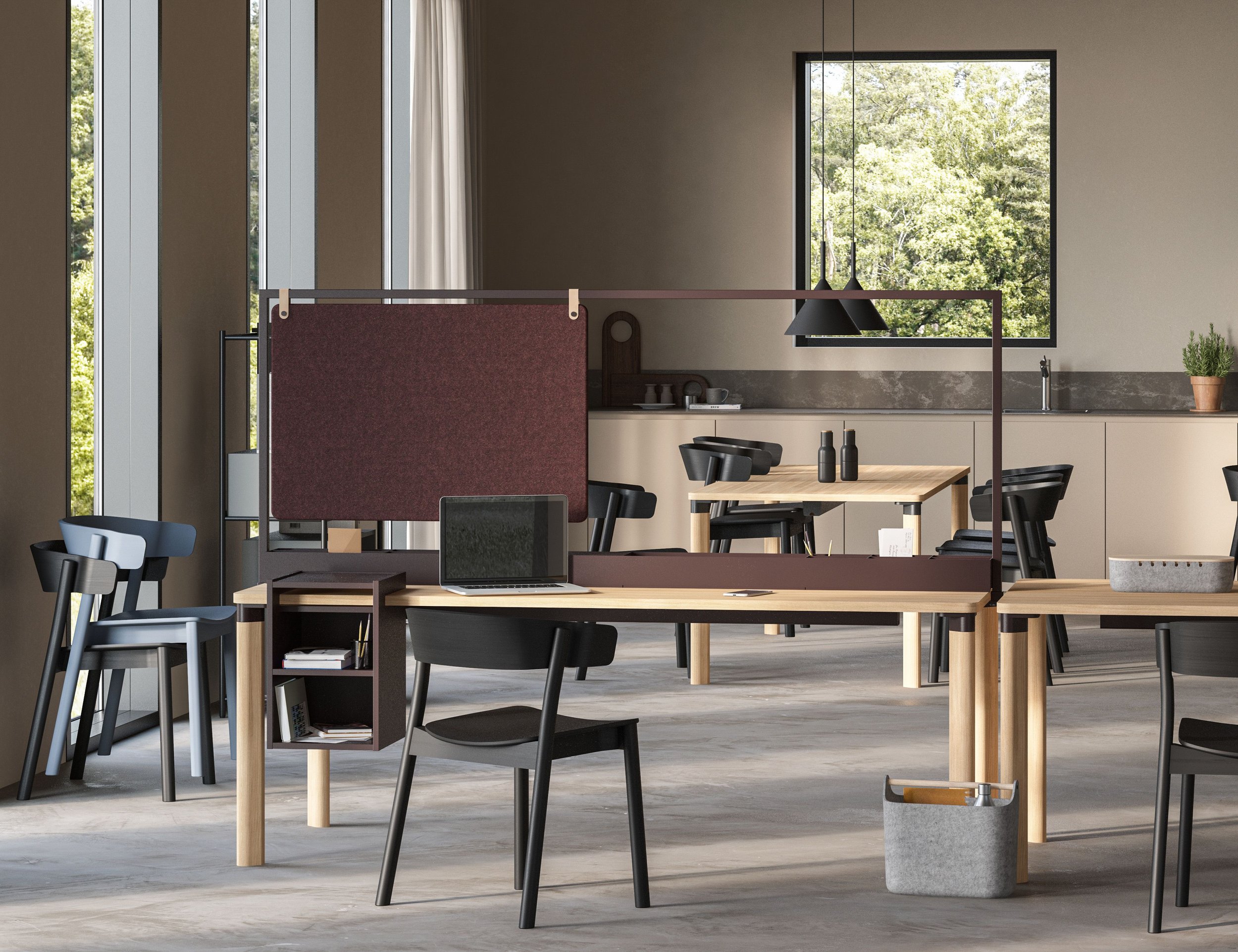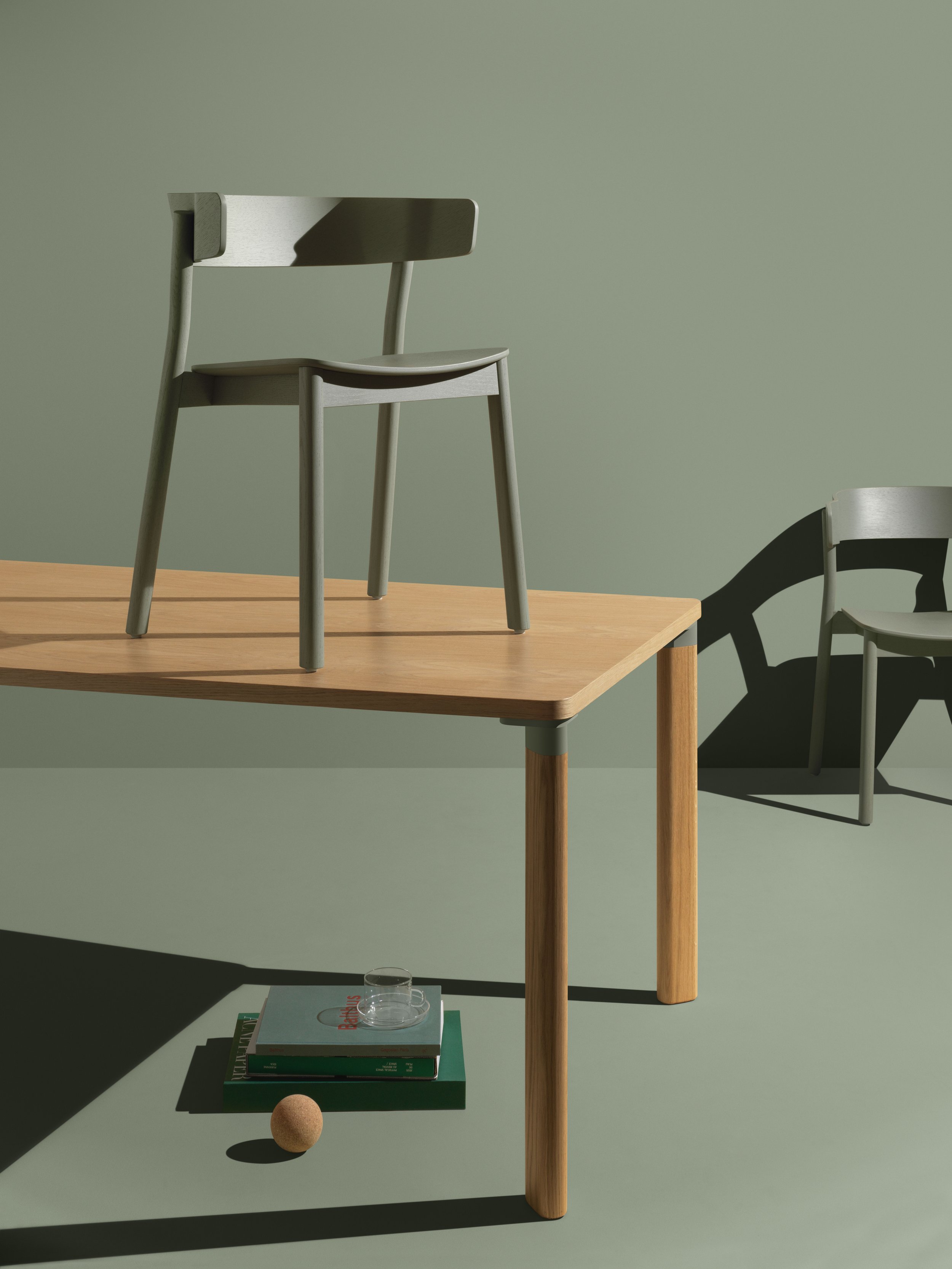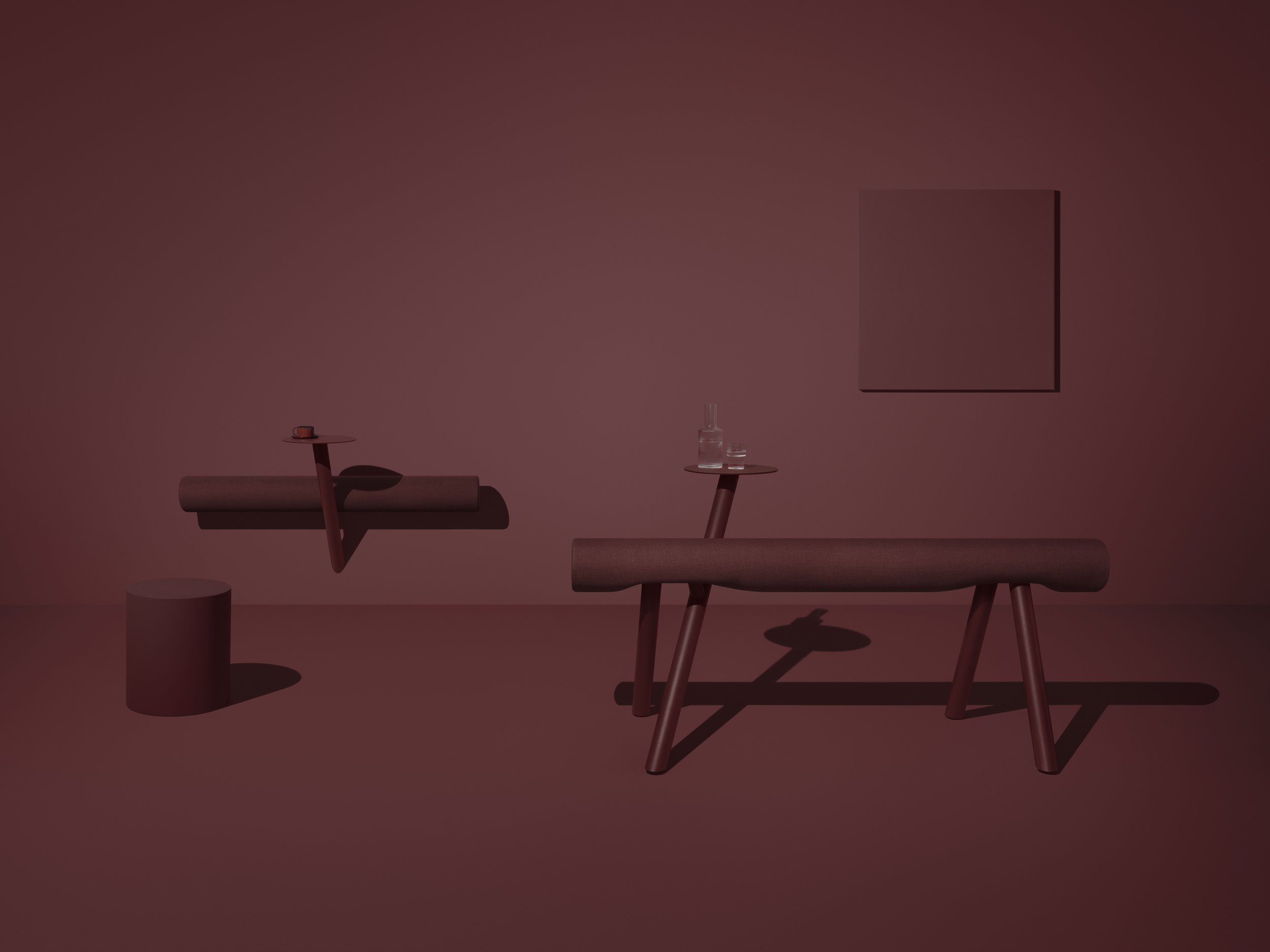Functionality over
trend.
“Design is not just what it looks like and feels like. Design is how it works.”
Steve Jobs
Sustainable rugs with Massimo Copenhagen.
he new subdue color scheme of the now iconic Fragments collection by OEO Studio. This new palette allows the design to take on a different role, becoming more sophisticated and mystic in its overall aesthetic.
The inspiration behind the Structures collection is "traces of man" with a strong cross- cultural approach. The pattern design of the collection plays with references to past civilizations, drawing inspiration from old Chinese stamps as well as rural art and folklore.
Handtufted from STANDARD 100 by OEKO-TEX certified New Zealand Wool, with an additional OEKO-TEX cotton layer on the backside, making it suitable for any type of floor, for both residential and commercial spaces.
Artisan.
The Artisan factory emerged from the traditional woodwork shop Ćostović, which conveyed all its love towards wood and 50-year experience of wood processing into it.
Mizetto.
Fuelled by passion and unceasing curiosity,
we create innovative design that responds to people’s ever-changing needs.
Using bold design language and in-house production,
we’re contemporising the traditions of local furniture production.
What makes furniture sustainable?
Similar to the food and drink sector, a variety of criteria play a role when it comes to the sustainability of furniture. They emerge primarily from the distinction between sustainable choices and conventional – and often inexpensive – production coupled with cost- and trend-conscious consumption.
Renewable raw materials: Here wood still takes first place. But bamboo, cotton and new materials like algae are also renewable resources. Furniture made from recycled materials such as PET bottles or old wood fibres is a further alternative.
Free from harmful substances: A bed that may emit harmful chemicals is out of the question for many consumers now. In addition to the main materials, the paint, glaze and other coatings should not raise any health concerns.
Durability: A high-quality piece of furniture with a timeless design can be used for many years and handed down to the next generation. Upcycling also increases the life span of an item of furniture.
Fair production: Sustainability also entails social responsibility. This means that good working conditions and fair wages are important considerations when it comes to buying furniture with a clean conscience.
Short transport routes: Using regional raw materials and suppliers, combined with keeping production local, significantly improves the carbon footprint of an item of furniture.
And by the way, natural wood furniture not only dispenses with harmful substances – it even has a positive effect on the indoor climate.
(imm-cologne)














